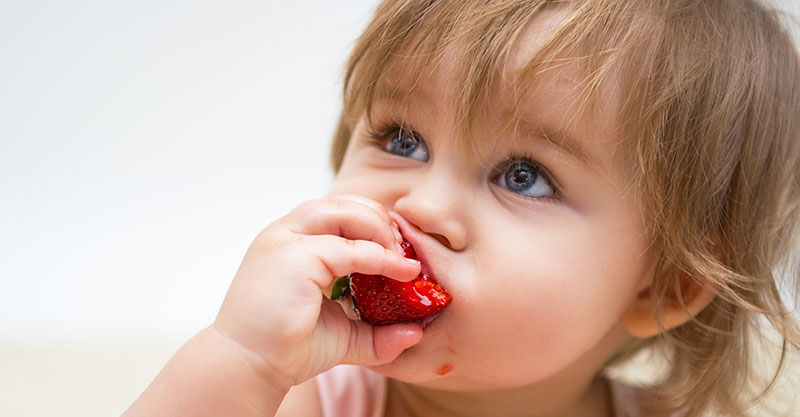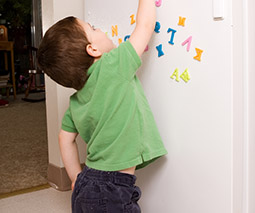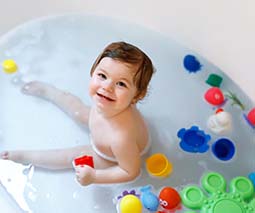What every parent needs to know about choking

Watching their child struggle for breath as they begin choking is every parents worst nightmare, St John Ambulance explains what parents should do if their child is choking.
If you have a child or are expecting, taking a class that covers baby choking and infant CPR is a good way to be prepared. We all hope we will never be put in the position of having to see a child choking, but accidents happen.
We know that babies love to put anything and everything in their mouths. While tasting is just their way of exploring, there are some things you don’t want bubs to get their chubby little hands on. The most common choking dangers that could be found in and around your home can include grapes, coins, small toys, rubber bands and balloons.
Read more about child safety:
- Stranger danger – five ways to keep your child safe
- 10 things parents should know about child car safety
- The photos every parent needs to see if your child uses a car seat
If you are ever unsure of what could be a choking hazard the ACCC has created a downloadable ‘choke check’ tool, which you can print out to see if an object is a choking hazard.
To minimise the risk of your child choking there are a few simple steps you can take including:
- Making sure you properly time the introduction of solid foods
- Avoiding high risk foods (seeds, nuts and hard candy)
- Supervising mealtime
- Keeping hazardous objects out of reach
The signs:
- Clutching the throat
- Coughing, wheezing, gagging
- Difficulty breathing, speaking or swallowing
- Making a whistling or ‘crowing’ noise or no sound at all
- Face, neck, lips, ears, fingernails turning blue
- Collapsing or unconscious
If a baby (under one year) shows signs of choking:
- Call Triple Zero (000) for an ambulance
- Give back blows as follows:
- Place the infant with their head downwards on your forearm
- Support their head and shoulders on your hand
- Hold the infant’s mouth open with your fingers
- Give up to five sharp blows between their shoulders with the heel of one hand
- Check if the obstruction has been released after each back blow
- If the obstruction is relieved, turn infant on their back and remove any of the foreign material that may have come loose with your little finger
Listen to Kinderling Conversation:
If the blockage hasn’t cleared after five back blows:
- Place the infant on their back on a firm surface
- Place two fingers in the CPR position
- Give five chest thrusts – they should be slower but sharper than CPR compressions
- Check if the obstruction has come loose after each thrust
- If the blockage hasn’t cleared after five chest thrusts, continue alternating five back blows with five chest thrusts until medical aid arrives
- If the infant becomes unconscious, commence CPR
If a child (over one year) shows signs of choking:
1. Remove object:
- Encourage patient to relax
- Ask patient to cough to remove the object
2. If coughing does not remove the blockage:
- Bend the patient well forward
- Give up to five sharp blows with the heel of one hand in the middle of the back between shoulder blades
- Check if the obstruction has been relieved after each back blow
3. If the blockage hasn’t cleared after five back blows:
- Place one hand in the middle of the patient’s back for support
- Place the heel of the other hand in the CPR compression position on chest
- Give up to five chest thrusts – slower but sharper than CPR compressions
- Check if the obstruction has been relieved after each chest thrust
4. If blockage has not cleared after five chest thrusts:
- Continue alternating up to five back blows with up to five chest thrusts until medical aid arrives
5. If the patient becomes unconscious:
- Remove any visible obstruction from mouth
- Commence CPR
This post was written by St John Ambulance. St John has helped prepare parents for accidents through first aid for over 130 years. As the first aid experts, we recommend all parents and grandparents learn basic first aid. Book a Caring for Kids course today at www.stjohnnsw.com.au/training/.
This post was originally published on Kinderling Kids Radio. Download the Kinderling app for more great stories.









